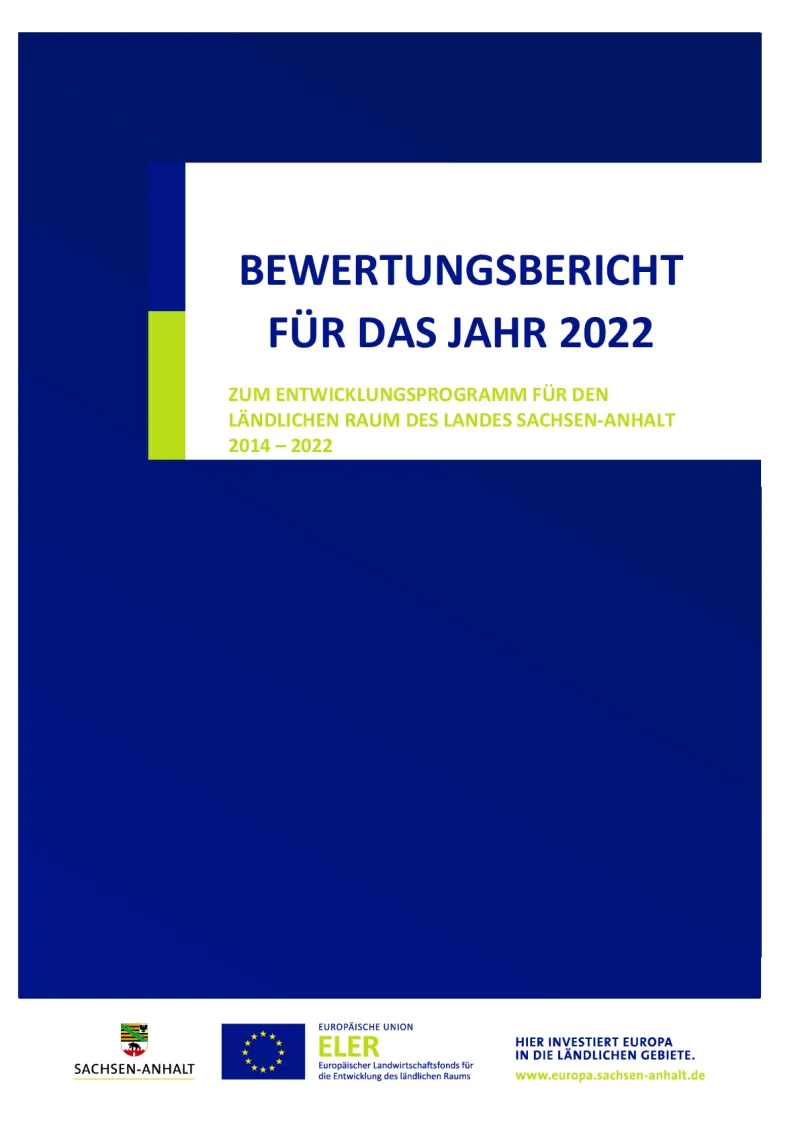Influence of maize intercropping on arthropod biomass and diversity
The research study aims to test whether the plant biomass remaining in the field and its energy content has an influence on the diversity of the arthropod community and its biomass in Saxony-Anhalt.
- Germany
- 2014-2022
- Environmental impacts


The research study on the influence of maize intercropping on arthropod biomass and diversity was published in 2022 and it was conducted under the monitoring and evaluation of the Rural Development Programme of the State of Saxony-Anhalt in the 2014-2022 funding period.
The experiment within the research study aimed to test whether the plant biomass remaining in the field and its energy content influence the diversity of the arthropod community and its biomass. As part of the study, a field trial was carried out. The arable and plant cultivation effects of six catch crop mixtures and the effects of the control without catch crop in maize cultivation were investigated. In addition, the arthropod fauna was recorded with soil traps on three dates in 2020.
Methodologically, the study was carried out by an intercropping trial, the recording of arthropods and a subsequent statistical analysis. Data was collected as part of the field trial and supplemented with literature findings.
Several considerations are necessary regarding the methodology for categorising the results regarding the influence of intercropping on the living environment. For example, the catches were made with ground traps. The introduced plant biomass could not be assigned to the plants of origin, which is why the energy values were calculated according to species proportions in the seed. Energy calculations were carried out according to possible yield shares, and for certain plant species, an average value was calculated for plant parts (e.g., oil crops).
Despite the limitations mentioned, the evaluation found that the diversity of the arthropod community differed significantly between some variants. However, the differences could not be explained by the introduced plant biomass and energy or other factors. Arthropod biomass increased with the increase in plant biomass and energy input. The result is consistent with literature findings on energy transfer in the food network and the differential resource use by arthropod species.
Author(s)
Franziska Becker, Paula Fuchs, Wolfgang Heyer, Jan Rücknagel
Resources
Documents
Valuation Report for the Year 2022 on the Development Program for the Rural Area of the State of Saxony-Anhalt 2014 - 2022
(PDF – 1.46 MB – 21 pages)